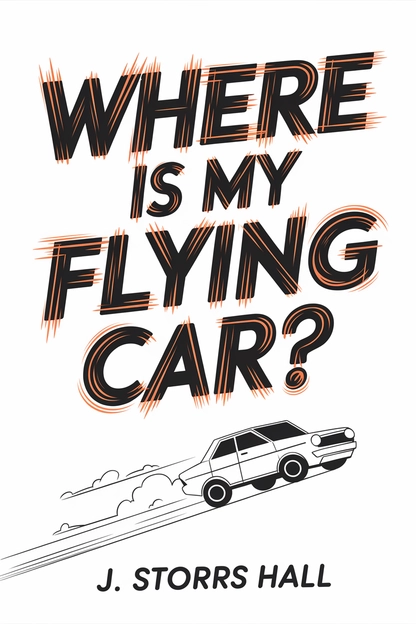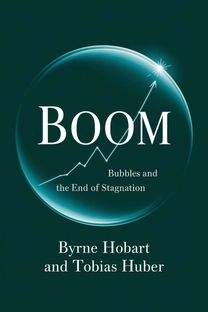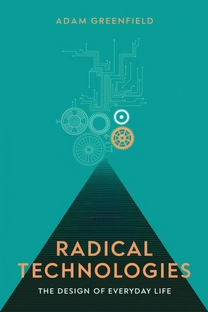
Where Is My Flying Car?
by J. Storrs Hall
Brief overview
This book investigates why individual air travel did not advance as many once envisioned. It examines the roles of regulations, energy stagnation, and cultural shifts in slowing technological progress, then explores how next-generation innovations might finally make those bold visions a reality.
Introduction
For decades, people have asked why they still don’t have flying cars. From retro-futuristic magazines to science fiction stories, this dream felt within reach. Yet we’re still waiting. Many wonder what went wrong.
This book opens with a look at how society’s optimism in the mid-20th century gave way to caution, and sometimes outright fear, about high-energy technology. It considers how that shift reshaped expectations and halted ambitious projects.
We’ll see how the soaring progress of the early 1900s, which transformed planes from novelty to necessity, gradually flattened out. The question is: did we lose our nerve, or were the technical challenges simply too great?
By examining everything from cars and planes to nuclear reactors and nanotechnology, the chapters ahead offer a panoramic view of how culture, policy, and engineering combined to shape our future—and what it might take to revive it.
A Century of Missed Opportunities
Early convertible airplanes existed as far back as the 1930s. Although clunky by today’s standards, they were more than prototypes. They worked, pointing to a future of personal flight short distances off the road.
World War II and the Great Depression both took huge economic tolls, diverting funding and talent away from developing everyday aviation. Then, post-war, the helicopter emerged—but remained too costly for the average consumer.
The book argues that by the 1960s, if not for mounting complex barriers, private aviation might have boomed. Indeed, personal flying machines seemed poised for mainstream adoption—but momentum fizzled.
What is Where Is My Flying Car? about?
"Where Is My Flying Car?" by J. Storrs Hall delves into one of the most persistent and captivating futuristic dreams that society holds – the elusive flying car. Through a thorough examination of historical, technical, and cultural factors, the book uncovers why this vision remained grounded. It explores how shifts in energy consumption, regulatory frameworks, and societal attitudes have contributed to halting the advance of personal air travel from drawboards to reality.
J. Storrs Hall crafts a compelling narrative that unveils how burgeoning technologies like nuclear energy and nanotechnology hold the keys to potentially resurrecting the flying car dream. By engaging with the cultural hesitancy and legal intricacies that have acted as barricades, the book illuminates what is needed to break free from these chains and step into an era where futuristic modes of personal transportation are tangible. "Where Is My Flying Car?" matters because it not only questions the past but also provides a roadmap toward a more innovative future.
Review of Where Is My Flying Car?
"Where Is My Flying Car?" stands out with its intricate analysis of technological stagnation, offering practical insights into why personal flying machines never took flight. Hall's adept exploration of dense regulations, liability concerns, and entrenched cultural mindsets provides a coherent and enlightening perspective. His inquiry into the squandered potential of nuclear energy and the promising avenues of nanotechnology sews a vivid tapestry of what could be possible if only society dared to challenge its constraints.
The book's key strength lies in its lucid dissection of complex topics. Hall utilizes an engaging and accessible writing style, making intricate technical discussions digestible for non-specialists. Funneled through the lens of historic optimism meeting regulatory reality, his account becomes a guide not just to what has been lost but to what might still be recaptured through innovation and daring policy shifts.
The work caters to a broad audience, particularly those fascinated by futurism, historical technological narratives, and the interplay of societal dynamics. By the end, "Where Is My Flying Car?" invites readers to imagine not just the tantalizing possibility of flight but the necessity of addressing cultural and regulatory bottlenecks. Highly recommended for those eager to look beyond everyday cynicism and consider the possibilities innovation affords.
Who should read Where Is My Flying Car??
- Technologists and Futurists: Individuals deeply embedded in tech industries will find this exploration of missed innovations compelling, as they understand the real-world impact of regulatory and energy constraints.
- Policy Makers and Regulators: Those in the field of policy and regulation will benefit from insights into how historic legislation has inhibited technological progress and might feel inspired to reflect on future frameworks.
- Aviation Enthusiasts: Readers with a rooted interest in aviation history and prospective technologies will enjoy the in-depth examination of why personal air travel has faltered and what could reignite its potential.
- Environmental Scientists: This book engages with the complex relationship between technology and energy consumption, offering a fresh perspective on how sustainable energies might revolutionize future developments.
About the author
Book summaries like Where Is My Flying Car?
Why readers love Mindleap
10-Minute Book Insights
Get the core ideas from the world's best books in just 10 minutes of reading or listening.
Curated For You
Discover your next favorite book with personalized recommendations based on your interests.
AI Book ExpertNew
Chat with our AI to help find the best book for you and your goals.
Reviews of MindLeap
Love how I can get the key ideas from books in just 15 minutes! Perfect for my busy schedule and helps me decide which books to read in full.
Alex R.
The summaries are incredibly well-written and the audio feature is perfect for my commute. Such a time-saver!
Jessica M.
Great app for personal growth. The insights are clear and actionable, and I love how they capture the essence of each book.
Chris P.
The app is beautifully designed and the summaries are top-notch. Definitely worth every penny!
Sarah K.





